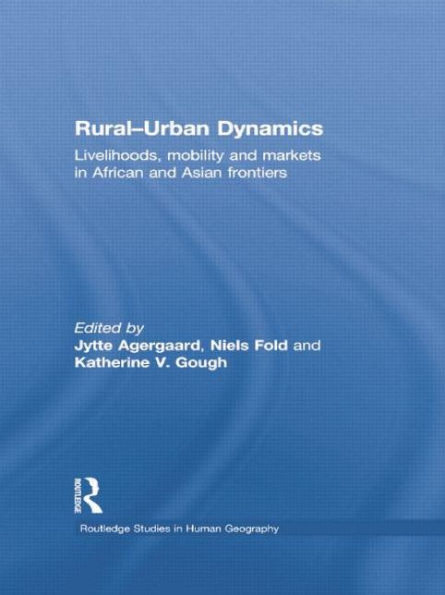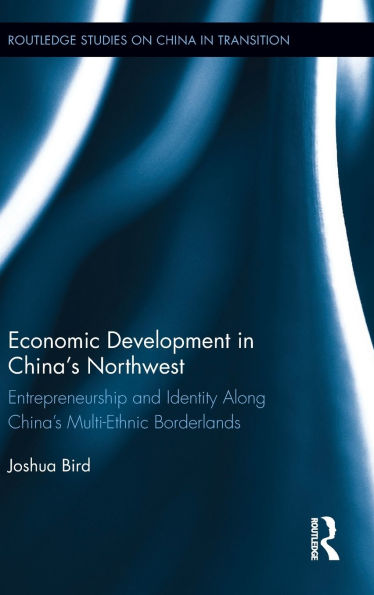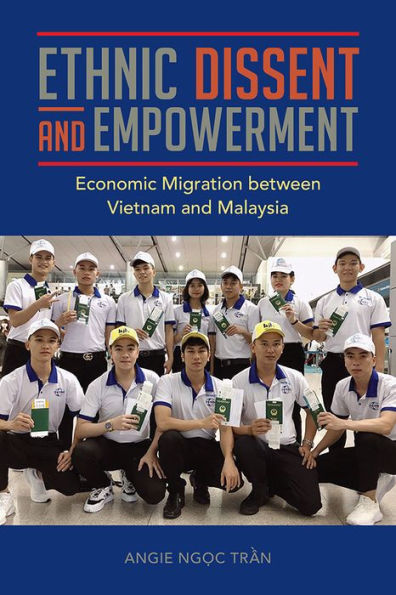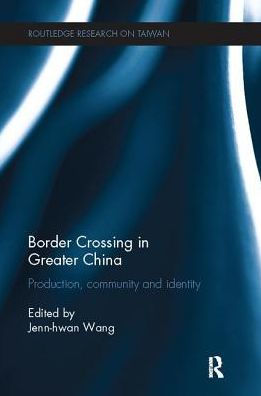Home
Frontier Livelihoods: Hmong the Sino-Vietnamese Borderlands
Barnes and Noble
Frontier Livelihoods: Hmong the Sino-Vietnamese Borderlands
Current price: $110.00
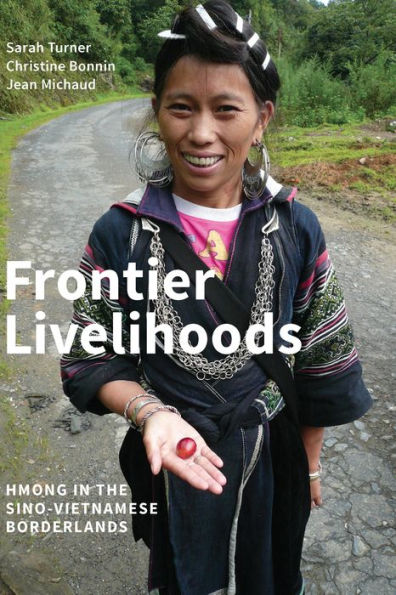

Barnes and Noble
Frontier Livelihoods: Hmong the Sino-Vietnamese Borderlands
Current price: $110.00
Size: Hardcover
Loading Inventory...
*Product information may vary - to confirm product availability, pricing, shipping and return information please contact Barnes and Noble
Do ethnic minorities have the power to alter the course of their fortune when living within a socialist state? In
Frontier Livelihoods
, the authors focus their study on the Hmong - known in China as the Miao - in the Sino-Vietnamese borderlands, contending that individuals and households create livelihoods about which governments often know little.
The product of wide-ranging research over many years,
bridges the traditional divide between studies of China and peninsular Southeast Asia by examining the agency, dynamics, and resilience of livelihoods adopted by Hmong communities in Vietnam and in China’s Yunnan Province. It covers the reactions to state modernization projects among this ethnic group in two separate national jurisdictions and contributes to a growing body of literature on cross-border relationships between ethnic minorities in the borderlands of China and its neighbors and in Southeast Asia more broadly.
Frontier Livelihoods
, the authors focus their study on the Hmong - known in China as the Miao - in the Sino-Vietnamese borderlands, contending that individuals and households create livelihoods about which governments often know little.
The product of wide-ranging research over many years,
bridges the traditional divide between studies of China and peninsular Southeast Asia by examining the agency, dynamics, and resilience of livelihoods adopted by Hmong communities in Vietnam and in China’s Yunnan Province. It covers the reactions to state modernization projects among this ethnic group in two separate national jurisdictions and contributes to a growing body of literature on cross-border relationships between ethnic minorities in the borderlands of China and its neighbors and in Southeast Asia more broadly.
